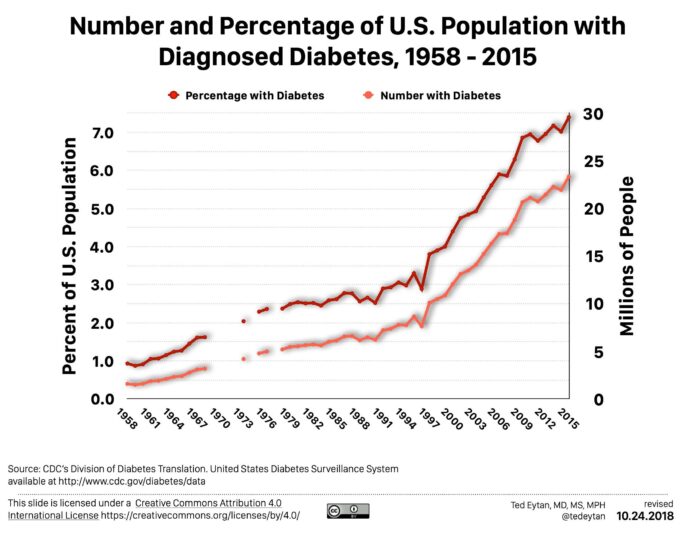
Hypertensive nephrosclerosis, also known as hypertensive renal disease, is a condition that affects the kidneys and is caused by long-term high blood pressure. This chronic condition can lead to impaired kidney function and, in some cases, end-stage renal disease. Understanding the symptoms of hypertensive nephrosclerosis is crucial in order to seek timely medical intervention and prevent further complications.
In this article, we will explore the common symptoms of hypertensive nephrosclerosis and the importance of early detection. It is important to note that the symptoms of this condition may not be obvious in the early stages, so regular blood pressure monitoring and kidney function tests are essential for individuals at risk.
1. High Blood Pressure
One of the primary symptoms of hypertensive nephrosclerosis is elevated blood pressure. While high blood pressure can be a contributing factor to the development of the condition, it can also be a symptom of the damage it causes. Individuals with hypertensive nephrosclerosis may experience persistent high blood pressure, with readings consistently above 140/90 mmHg. It is important to monitor blood pressure regularly and seek medical advice if it is consistently high.
2. Fluid Retention
Hypertensive nephrosclerosis can also cause fluid retention in the body, leading to swelling in the hands, feet, and around the eyes. This symptom, known as edema, is a result of the kidneys’ inability to effectively remove excess fluid and waste from the body. If left untreated, fluid retention can lead to further complications, such as heart failure and pulmonary edema. Individuals experiencing persistent edema should seek medical attention to determine its underlying cause.
3. Decreased Urine Output
A noticeable decrease in urine output can be a symptom of hypertensive nephrosclerosis. The kidneys may become less efficient in filtering waste and excess fluid from the blood, leading to decreased urine production. This can result in darker, more concentrated urine and may be accompanied by a feeling of incomplete emptying of the bladder. Changes in urine output should be reported to a healthcare professional for further evaluation.
4. Fatigue and Weakness
Chronic kidney disease, including hypertensive nephrosclerosis, can cause fatigue and weakness due to the build-up of waste products in the blood. The kidneys play a vital role in filtering toxins from the bloodstream, and when their function is impaired, these toxins can accumulate and lead to feelings of tiredness and weakness. Individuals experiencing persistent fatigue should discuss their symptoms with a healthcare provider to rule out any underlying kidney-related issues.
5. Nausea and Loss of Appetite
As kidney function declines in hypertensive nephrosclerosis, waste products can build up in the bloodstream, leading to symptoms such as nausea and a loss of appetite. These symptoms can be related to the accumulation of urea and other toxins in the body. It is important to seek medical advice if these symptoms persist, as they can impact overall nutrition and well-being.
6. Difficulty Concentrating
Impaired kidney function can also impact cognitive abilities, leading to difficulty concentrating and focusing. This symptom can be challenging to recognize, as it can be subtle and attributed to other factors. However, individuals experiencing persistent difficulty concentrating should consider having their kidney function evaluated, especially if they have a history of high blood pressure.
7. High Protein Levels in the Urine
Individuals with hypertensive nephrosclerosis may exhibit high levels of protein in their urine, a condition known as proteinuria. The kidneys normally filter waste products from the blood while retaining essential proteins. However, when the kidneys are damaged, protein can leak into the urine, leading to proteinuria. This symptom can be detected through a simple urine test and should be addressed by a healthcare professional if present.
8. Hypertension Medication Resistance
Uncontrolled high blood pressure, despite the use of multiple medications, can indicate hypertensive nephrosclerosis. The kidneys play a crucial role in regulating blood pressure, and when they are damaged, blood pressure may become difficult to control. Individuals experiencing hypertension medication resistance should consider discussing their symptoms with a healthcare provider to explore potential underlying kidney-related causes.
9. Shortness of Breath
As hypertensive nephrosclerosis progresses, it can lead to fluid overload in the lungs, resulting in symptoms such as shortness of breath and difficulty breathing. This can be a sign of complications such as heart failure and pulmonary edema. Individuals experiencing persistent shortness of breath should seek medical attention for an accurate diagnosis and appropriate management.
10. Changes in Skin Color and Itching
In later stages of hypertensive nephrosclerosis, the accumulation of waste products in the bloodstream can manifest as changes in skin color (such as pale or yellowish skin tone) and itching. These symptoms can be related to impaired kidney function and should be evaluated by a healthcare professional to determine the underlying cause.












